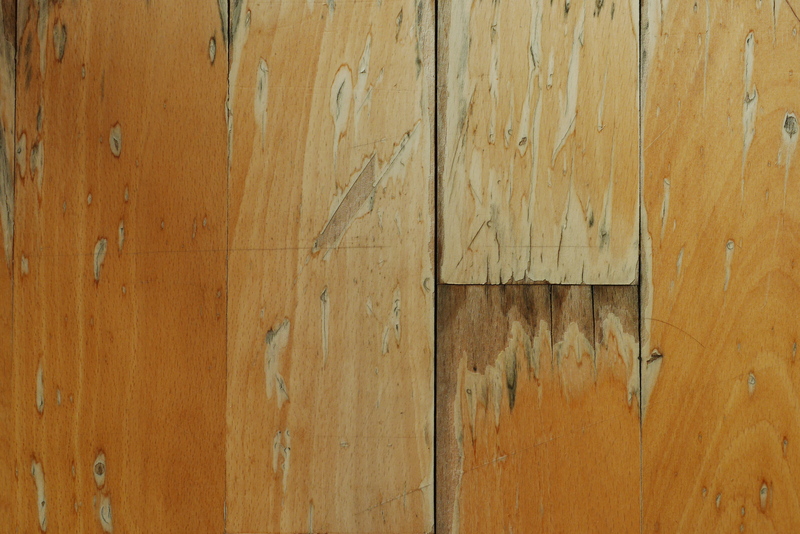Dust mites are microscopic creatures that thrive in warm, humid environments and feed on the dead skin cells shed by humans and pets. Despite their tiny size, they can trigger allergies and asthma symptoms, making it crucial to control their population in your home. This comprehensive guide will help you understand how to keep dust mites at bay in your house, ensuring a healthier living environment.
Understand the Habitat of Dust Mites
Dust mites prefer climates that are warm and humid. Their favorite places in your home include bedding, upholstered furniture, and carpets, where human skin cells are readily available. Understanding their habitat is the first step in controlling their population.
In order to effectively control dust mites, it's essential to maintain a humidity level of less than 50% in your home, as they thrive in higher humidity. Utilizing dehumidifiers and air conditioners can help in maintaining an optimal indoor climate.

Invest in Hypoallergenic Bedding
Your bed is a dust mite hotspot because it provides a perfect environment in terms of warmth, moisture, and a continuous supply of dead skin cells. Therefore, investing in hypoallergenic bedding is crucial.
1. Encasements: Use mite-proof encasements for your mattresses, pillows, and box springs. These encasements are tightly woven and can prevent dust mites from penetrating.
2. Regular Washing: Wash all bedding, including pillowcases, sheets, and blankets, in hot water at least once a week. The water temperature should be 130?F or higher to kill dust mites effectively.
3. Dry Thoroughly: After washing, make sure to dry your bedding thoroughly. Dust mites cannot survive without moisture.
Maintain Cleanliness in Upholstered Furniture
Upholstered furniture can be another breeding ground for dust mites. Here are some steps to keep it clean:
1. Vacuum Regularly: Use a vacuum cleaner equipped with a HEPA filter to trap dust mites and their waste products effectively. Vacuum your furniture at least once a week.
2. Steam Cleaning: Opt for steam cleaning your upholstered furniture every few months. The high temperature will kill dust mites and remove allergens.
3. Slipcovers: Consider using washable slipcovers that you can remove and wash frequently.
Carpet and Flooring
Carpets can harbor a significant population of dust mites, making it essential to keep them clean or replace them with alternatives.
1. Vacuuming: Use a vacuum cleaner with a HEPA filter. Make sure to vacuum all carpets and rugs at least twice a week.
2. Replace Carpets: If possible, consider replacing carpets with hard flooring options like hardwood, tile, or vinyl, which are easier to clean and do not provide a conducive environment for dust mites.
3. Rug Cleaning: If you have rugs, consider cleaning them frequently. Small rugs can be washed in hot water while larger rugs may require professional cleaning.
Air Quality and Ventilation
Improving the air quality and ventilation in your home can significantly reduce dust mite populations.
1. Air Purifiers: Use air purifiers with HEPA filters to trap airborne allergens, including dust mite waste products.
2. Ventilation: Ensure proper ventilation in your home, especially in areas prone to humidity like bathrooms and kitchens. Using exhaust fans can help remove excess moisture from these areas.
3. Humidity Levels: Maintain humidity levels below 50% using dehumidifiers and air conditioners. You can use a hygrometer to monitor indoor humidity levels.
Declutter Your Home
Clutter can provide additional hiding spots for dust mites. Keeping your home organized and clutter-free can make a significant difference.
1. Minimize Items: Reduce the number of items that collect dust, such as knick-knacks, books, and stuffed animals. Store them in enclosed containers if possible.
2. Dust Regularly: Dust all surfaces in your home at least once a week using a damp microfiber cloth, which can trap dust more effectively than a dry cloth.
Special Considerations for Allergic Individuals
If someone in your household is particularly sensitive to dust mite allergens, extra precautions may be necessary.
1. Allergy-Proof Covers: Use allergy-proof covers for mattresses, pillows, and box springs.
2. Frequent Cleaning: Increase the frequency of cleaning routines in the bedroom and other high-risk areas.
3. Medication: Consult with a healthcare provider to determine if allergy medications or treatments are needed.

Cleaning and Maintenance Tips
Consistent cleaning and maintenance routines can help in keeping dust mites at bay.
1. Regular Cleaning: Establish a regular cleaning schedule for all areas of your home.
2. High-Traffic Areas: Focus on high-traffic areas where dust mite populations are likely to be higher.
3. Professional Cleaning: Consider professional cleaning services for carpets, upholstery, and large rugs at least once a year.
Conclusion
By implementing the strategies outlined in this guide, you can significantly reduce the dust mite population in your home, creating a healthier living environment. Maintaining low humidity levels, investing in hypoallergenic bedding, keeping your upholstered furniture and carpets clean, improving air quality, and decluttering your home are all effective measures in the fight against dust mites.
Remember, consistency is key. Regular cleaning and maintenance routines are essential to keep dust mites at bay and minimize the allergens in your home. By taking these proactive steps, you can ensure a healthier, more comfortable living space for you and your family.



